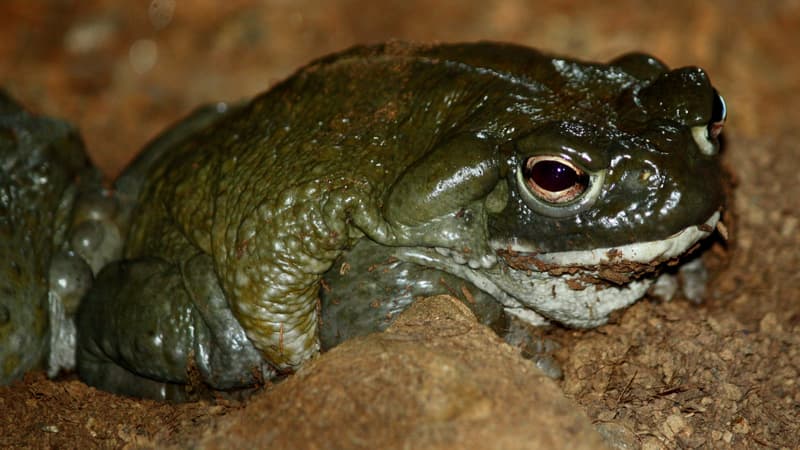An amazing recommendation. National parks on Tuesday asked their visitors not to “lick” the Sonoran desert toad, a species known for secreting a liquid with hallucinogenic properties and dangerous to health.
“Please refrain from licking (the toads),” asks the National Park Service on Facebook.
“These toads have prominent parotoid glands that secrete a potent toxin. You can make yourself sick if you touch the frog or ingest its venom,” he says.
Euphoria and hallucinations
The Sonoran Desert Toad is no ordinary amphibian. At nearly 7 inches long, it is one of the largest toads in the United States. With olive green or brown skin, it is distinguished from its congeners by the toxic substance it produces.
This poison is so powerful that it can kill a dog, according to CNN. Some humans, however, make very particular use of it because when smoked, the product has psychedelic effects, according to the Oakland, California Zoo, ranging from feelings of euphoria to hallucinations.
The consumption of poison from the Sonoran desert toad, dubbed by some as “the molecule of God,” has become popular in recent years, reported the New York Times last March. To the point that consumers are willing to pay up to 7,700 euros to consume the poison, during a luxury retreat in Mexico, according to the American newspaper.
This popularity, not only dangerous for health, has an impact on biodiversity. The animal is now listed as “endangered” by New Mexico authorities due to over-collection.
Source: BFM TV


